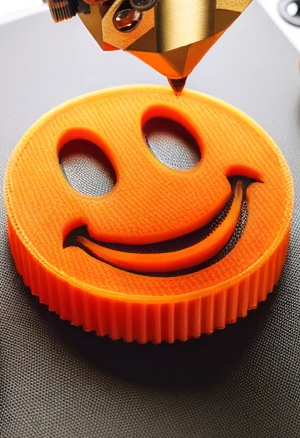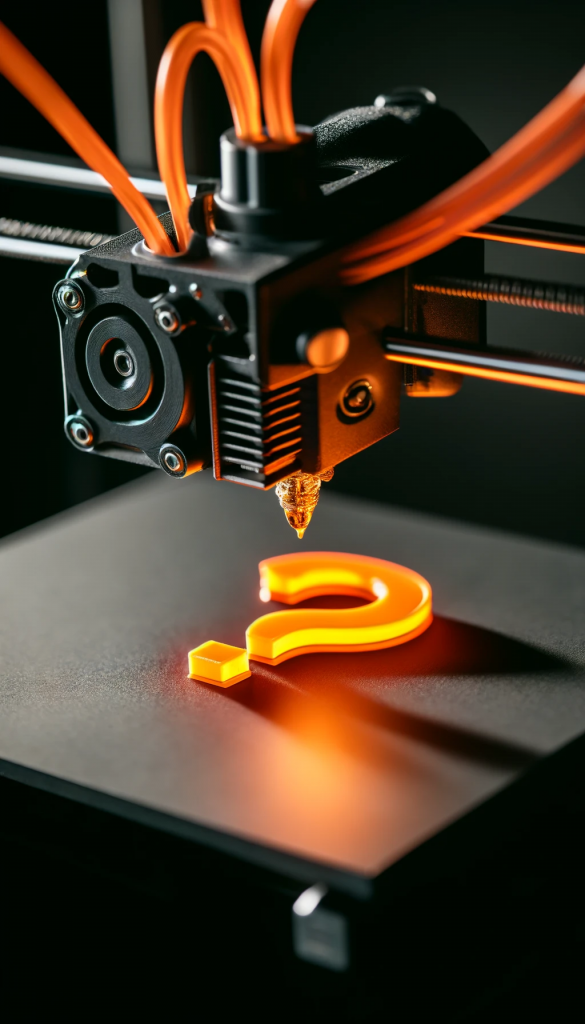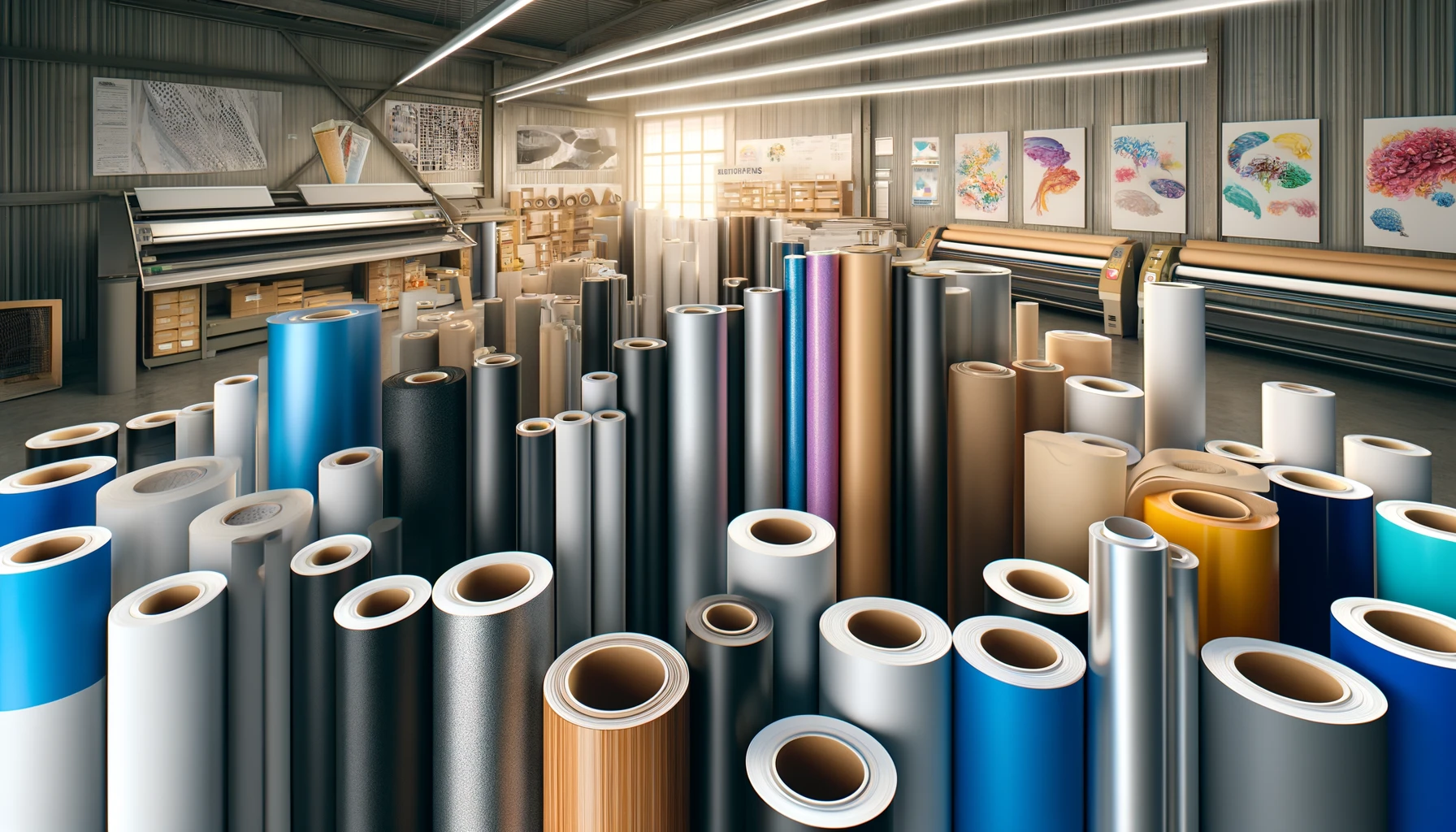Quick, easy and accurate enough, are the first things that come to mind
FDM (Fused Deposition Modeling) and SLA (Stereolithography) printing are two popular additive manufacturing technologies that offer distinct benefits for initial prototyping and proof of concept of pre-market product designs. Let’s explore the advantages of each method in the context of product development:
Benefits of FDM Printing:
- Cost-Effective Prototyping: FDM printers are relatively affordable compared to other 3D printing technologies, making them accessible to a wide range of businesses and individuals for prototyping purposes.
- Material Versatility: FDM printers can use a variety of thermoplastic materials, including ABS, PLA, PETG, and more. This versatility allows designers to choose materials that best match the intended properties of the final product, such as strength, flexibility, or heat resistance.
- Rapid Prototyping: FDM printing offers quick turnaround times for prototypes, allowing designers to iterate rapidly and test multiple design iterations within a short period. This speed is crucial for meeting tight development timelines and getting products to market faster.
- Functional Prototypes: FDM technology can produce functional prototypes with reasonable accuracy and structural integrity. While the surface finish may not be as smooth as other printing methods, FDM prototypes are suitable for testing mechanical functionality and fitment.
- Support Structures: FDM printers can generate support structures automatically, allowing for the creation of complex geometries and overhangs without additional manual labor. This feature is beneficial for prototyping intricate designs and assemblies.
Benefits of SLA Printing:
- High Resolution: SLA printers offer exceptional resolution and detail, producing smooth and highly accurate prototypes with fine features. This high level of detail is ideal for showcasing intricate design elements and surface finishes.
- Wide Material Selection: SLA printing supports a range of photopolymer resins with various properties, including standard resins, engineering resins (such as ABS-like or flexible materials), and specialty resins (such as biocompatible or transparent materials). This material diversity expands the possibilities for prototyping different product concepts.
- Precision and Accuracy: SLA technology excels in producing precise and dimensionally accurate prototypes, making it suitable for proof of concept and pre-market testing where exact measurements and tolerances are critical.
- Smooth Surface Finish: SLA-printed parts have a smooth surface finish straight out of the printer, reducing the need for post-processing or finishing techniques. This aesthetic appeal is beneficial for presenting prototypes to stakeholders or potential investors.
- Support for Complex Geometries: SLA printing can create intricate and complex geometries with ease, including thin walls, intricate details, and delicate features. This capability is advantageous for prototyping intricate product designs and validating their functionality.
Conclusion:

Both FDM and SLA printing technologies offer valuable benefits for initial prototyping and proof of concept of pre-market product designs. FDM excels in cost-effectiveness, material versatility, and rapid prototyping, making it suitable for functional prototypes and iterative design cycles. On the other hand, SLA printing provides high resolution, precision, smooth surface finish, and support for complex geometries, making it ideal for showcasing detailed designs and achieving accurate proof of concept models. Depending on the specific requirements of your product development process, choosing between FDM and SLA printing can help you optimize prototyping efforts and bring innovative products to market efficiently.




